NRCS Conservation Seeding Process
This webinar series describes principles of the NRCS conservation seeding process using examples from Montana/Wyoming. The series is designed to be used as a unit. Information in one webinar may be needed to fully understand the information in another. For a more complete picture of the seeding process, viewers should reference webinars I-VI, as well as noted references and other sources of information. For additional information on specific species of plants mentioned, please see the USDA PLANTS database. Technical information and guidance on the use of conservation plants to address resource concerns can be found on the Plant Materials Program website or contact the nearest Plant Materials Center or plant materials specialist.
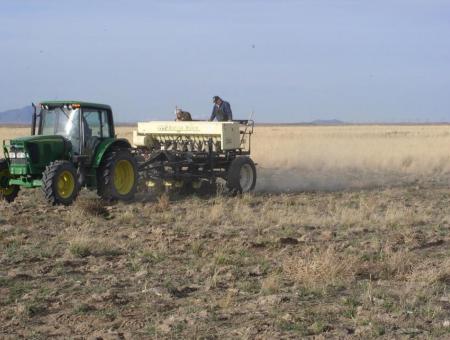
Overview of the Plant Materials Program
How does it improve conservation planning? This video provides a brief history of the Plant Materials program, discusses what the program offers, and how plant materials information improves NRCS conservation planning. Finally, we’ll talk about Plant Materials technical resources and where to locate them.
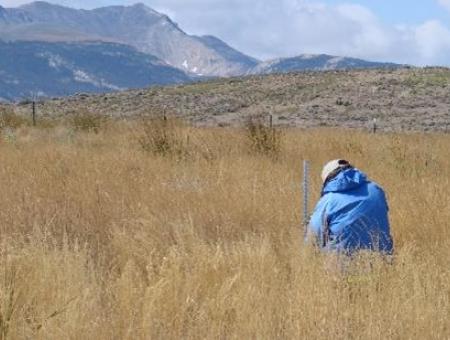
Planning a Seeding
Video I:
In the introductory video, presenters discuss the decision-making processes needed to determine if seeding is necessary and then how to do it right. Guidance on how to determine which species characteristics are best suited to addressing the resource concerns, landowner’s objectives, and site conditions is covered.

Developing a Seed Mix
Video II:
Presenters briefly revisit information from video I and discuss species characteristics or attributes to consider when designing a seed mix, where to find additional information for designing a seed mix, common mistakes, and illustrate the process with example seed mixes.
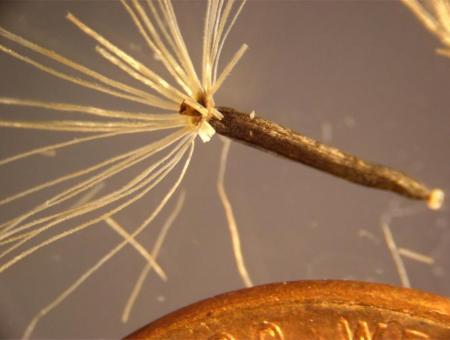
Seed Quality and Seed Analysis Reports
Video III:
Presenters discuss seed quality (what it is, how to measure it, why it’s important), seed labels and the laboratory report of analysis, and describe how understanding seed quality and labels can help improve conservation seeding outcomes.
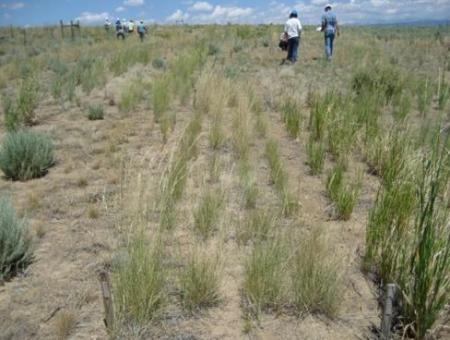
Seeding Calculations
Video IV:
Presenters focus on seeding calculations for developing and installing a seeding. There are many calculations that may be needed, depending on the method of planting, type of equipment being used, design of the planting, and other factors.

Seedbed Preparation and Seeding Installation
Video V:
This video discusses considerations for preparing a seedbed and installing a seeding for conservation practices. Covered topics include soil and vegetation components of seedbed preparation, equipment used to prepare the site, equipment for installing the seeding, and timing of seeding.
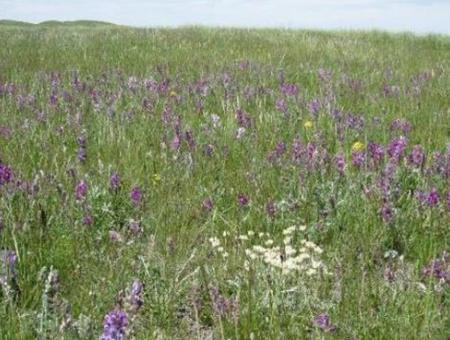
Seeding Evaluation and Maintenance
Video VI:
In the last of a series of videos, presenters describe seeding site evaluation and maintenance, including how to determine if a planting is a success or failure, and what post-planting steps are critical to ensure the best return on your investment.

